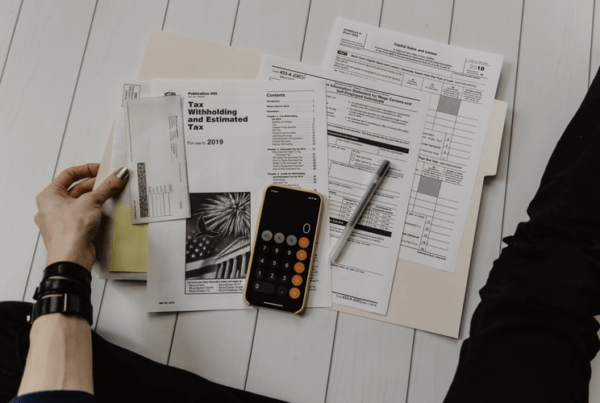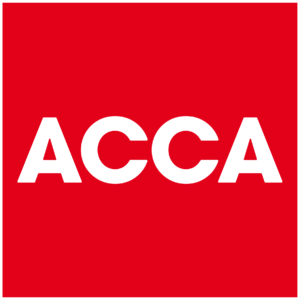CBHC My Business Guides
Wondering whether to buy, hire purchase or lease an asset? CBHC can help businesses in the Chelmsford area to make the right decision.
The decision to buy, hire purchase (HP) or lease an asset will generally depend on the financing available to your business.
There are different treatments for tax and accounting purposes, depending on the type of finance contract entered into, and these will need to be considered together with the VAT treatment.
Buy
This section covers outright purchase for cash or by bank loan, etc.
Accounting treatment
The asset is capitalised in the balance sheet and an annual charge for depreciation is deducted as an expense in the profit and loss account, which in turn reduces the value of the asset in the balance sheet.
The annual depreciation charge is calculated in accordance with accounting standards, based on the useful economic life of the asset and the residual value.
Tax treatment
Depreciation is not allowed for tax purposes, but capital allowances may be available.
The maximum amount of the annual investment allowance (AIA) is £200,000.
Qualifying expenditure on plant and machinery (not cars) up to the maximum AIA amount attracts 100% relief. Annual expenditure over that amount enters either the 8% pool or the 18% pool, attracting a writing down allowance (WDA) at the appropriate rate.
Any business that invests in qualifying energy-saving or environmentally beneficial equipment is entitled to claim a 100% first year allowance (FYA). New cars with CO2 emissions of up to 50 g/km also qualify for a 100% FYA. Cars with CO2 emissions of more than 50 g/km and up to 110 g/km are allocated to the main pool and attract 18% WDA. Cars with CO2 emissions exceeding 110 g/km enter the special rate pool and attract WDA at only 8%.
There is a 100% capital allowance for the purchase of new, unused (not second-hand) vans, which cannot produce CO2 emissions under any circumstances when driven (eg “electric vans”).
VAT
Unless the asset is a car, the VAT shown on the supplier’s invoice will generally be recoverable by the purchaser, if he or she is registered. Buying at the beginning of a VAT period will normally entail a wait of three months or more to recover the tax. VAT on cars is recoverable only in very rare circumstances.
Hire purchase (also known as Lease purchase)
An HP agreement usually includes an option to purchase at the end of an initial period. Payment of this nominal fee transfers title of the asset and brings the legal agreement to an end.
Accounting treatment
The asset is treated as if it had been purchased. It is, therefore, capitalised in the balance sheet and depreciation is provided on an annual basis.
The obligation to pay future instalments is recorded as a liability in the balance sheet.
The payments are apportioned between a finance charge and a reduction of the outstanding liability.
The total finance charge should be allocated to accounting periods during the HP term and is shown as an expense in the profit and loss account.
Tax treatment
Capital allowances are available for qualifying assets which are in use at the end of the accounting period. See “Buy” section above for details.
The finance charge in the accounts is normally allowed against tax.
VAT
VAT charged by the finance company will be payable with the initial instalment. There will be a delay of up to four months in recovering this from HM Revenue & Customs (HMRC). In the case of a car, most businesses will be unable to recover any of the VAT.
Finance leases
A finance lease typically has a primary period for a fixed period at full cost, followed by a secondary period, usually of an indefinite length, at a very low cost.
Short Leases
Accounting treatment
For certain finance leases of up to seven years, the accounting treatment follows the strict legal position. The ownership remains with the lessor, and the rental payments are shown as expenses in the lessee’s profit and loss account.
Tax Treatment
The lessor (as owner) is entitled to the capital allowances, and the rental payments are generally allowable in calculating in the lessee’s profit. Where the asset is a car with CO2 emissions exceeding 110g/km, there is a flat rate disallowance of 15% on the amount of rental payments allowed for tax purposes.
Longer-term Leases
Accounting treatment
For longer term leases, the asset is capitalised in the balance sheet and depreciation is provided on an annual basis. The obligation to pay future rentals is recorded as a liability in the balance sheet. The rents payable are apportioned between a finance charge and a reduction of the outstanding liability. The total finance charge is allocated to accounting periods during the primary lease term and is shown as an expense in the profit and loss account.
Tax treatment
The tax treatment is aligned with the accounting treatment, and the lessee may claim capital allowances on qualifying assets.
VAT on finance leases
VAT charged by the finance company will be payable with the initial instalment and each subsequent rental. There will be a delay of up to four months in recovering this from HMRC. In the case of a car, most businesses will be able to recover 50% of the VAT.
Operating leases
An operating lease is where an asset is rented for a period, not necessarily fixed, and returned to the owner at the end of the period. Contract hire is a typical form of operating lease.
Accounting treatment
The asset is not capitalised; the rental payments are charged on an acceptable basis over the lease term to the profit and loss account.
Tax treatment
The accounting treatment is an acceptable treatment for tax purposes, where accounting standards have been applied. No adjustments to profits, therefore, need be made.
Where the asset is a car with CO2 emissions exceeding 130 g/km, there is a flat rate disallowance of 15% on the amount of rental payments allowed for tax purposes.
Capital allowances are not available.
VAT
Each rental or instalment will have VAT added so that the VAT cost is spread throughout the period of the agreement.
Where the asset is a car, only 50% of the VAT on the leasing charges can be reclaimed. If identified separately, the VAT on any maintenance element of the contract can be reclaimed in full.
The disposal proceeds of leased cars will be VAT inclusive.
Summary
| Buy | HP | Short Finance Lease | Long Finance Lease | Operating Lease | |
|---|---|---|---|---|---|
| Accounting treatment | Asset Depreciation | Asset/liability Depreciation Interest | Rental expense as you go | Asset/liability Depreciation Interest | Rental expense as you go |
| Tax treatment (deductions normally allowed) | Capital allowances Interest | Capital allowances Interest | Rental | Capital allowances Interest | Rental |
| VAT (normal treatment) | Up front | Up front | On each instalment | On each instalment | On each instalment |
Do call us if you would like any further help or advice in this area.
If you are in the Chelmsford area and would like help with deciding whether to buy, hire purchase or lease an asset, the team at CBHC can assist you.
For tailored advice on how to best manage your personal and business finances, get in touch with us today and find out about how CBHC can help you do more with your money.








